In Canada, prolonged sitting has become a growing health concern. According to Statistics Canada, adults accumulate nearly 9–10 hours of sedentary time per day, much of it in office or screen-related work. Health Canada and the Canadian Centre for Occupational Health and Safety (CCOHS) both highlight that low back pain is one of the leading causes of reduced productivity and sick leave. This raises a critical question: can an ergonomic chair truly help protect the lumbar spine?
How Prolonged Sitting Damages the Spine
Canadian occupational health researchers point out that seated posture often places equal or greater disc pressure compared to standing. Reviews published in journals such as Spine (U.S.) show that prolonged static sitting accelerates disc degeneration and increases the risk of chronic low back pain—especially when posture involves slouching or forward head positions.
Why Regular Chairs Fall Short
Many conventional office chairs found in Canadian workplaces are designed for cost or appearance rather than long-term spinal health. Flat, non-adjustable backrests fail to support the lumbar curve, leaving the spine unsupported. Over time, this results in muscle fatigue, spinal strain, and higher risks of persistent pain.
Healthy Use: Beyond the Chair
CCOHS recommends following a “micro-break rule”: stand, walk, or stretch for 5–10 minutes every hour of sitting. Health Canada guidelines also encourage combining ergonomic furniture with posture awareness and task variation. Even with the best ergonomic chair, uninterrupted sitting should be avoided.
Workplace Impact in Canada
Canadian employers adopting ergonomics programmes—including proper chairs, monitor positioning, and scheduled breaks—report fewer musculoskeletal complaints and reduced absenteeism. Such programmes align with evidence from North American occupational health literature that show ergonomic interventions improve worker comfort and productivity.
Conclusion
Prolonged sitting places substantial stress on the lumbar spine. An ergonomic office chair can significantly reduce spinal load and support healthier posture, especially when combined with regular breaks and active work habits. For Canadian professionals and students spending long hours at desks, investing in ergonomics is both a health and productivity decision.
Explore ergonomic chairs designed for spinal support.
View HBADAReferences: Statistics Canada sedentary behaviour reports; Health Canada health promotion resources; CCOHS office ergonomics guidance; U.S. Spine Journal reviews on seated disc loading; NIOSH publications on musculoskeletal disorders.

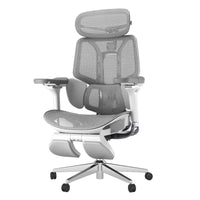

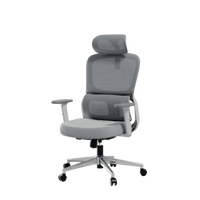

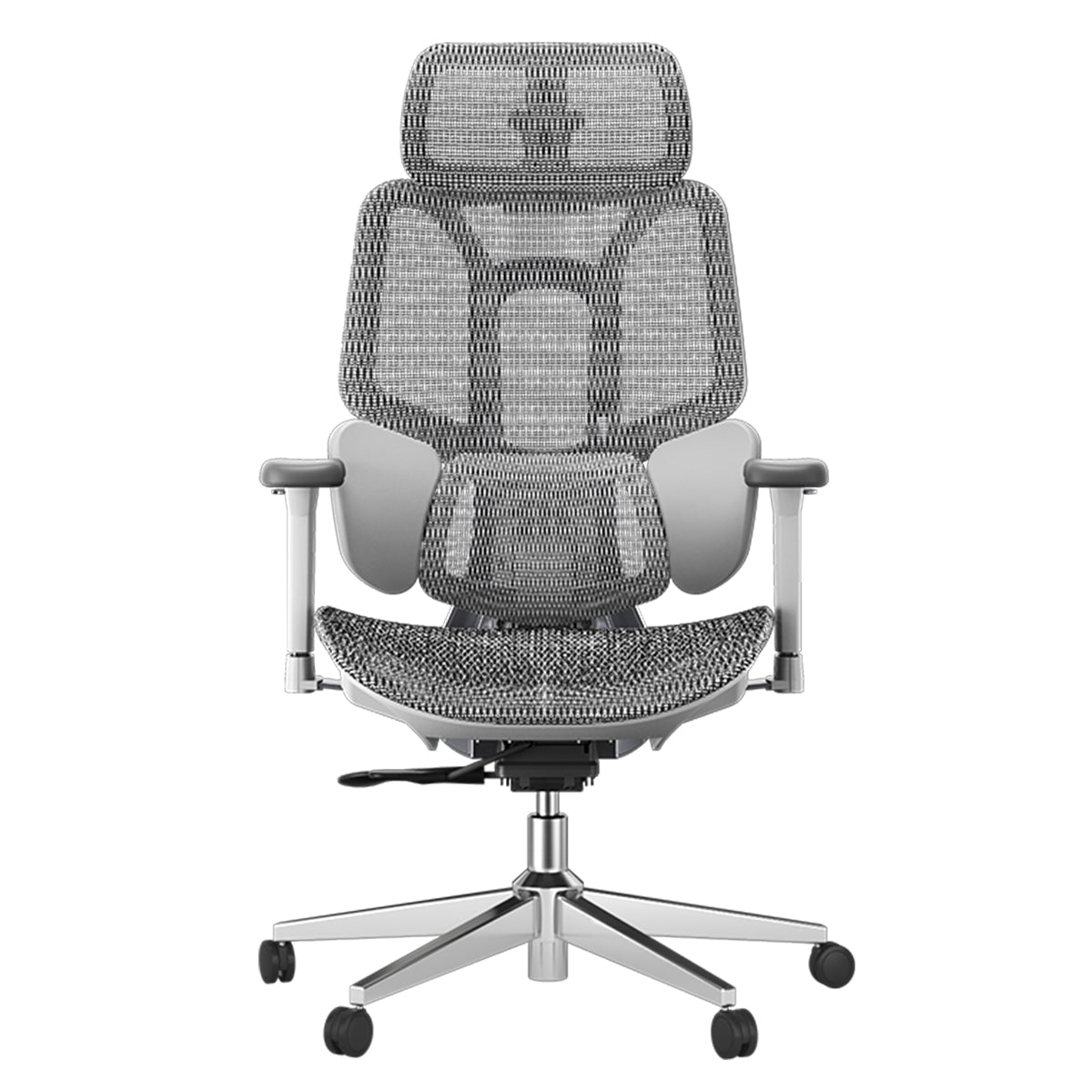

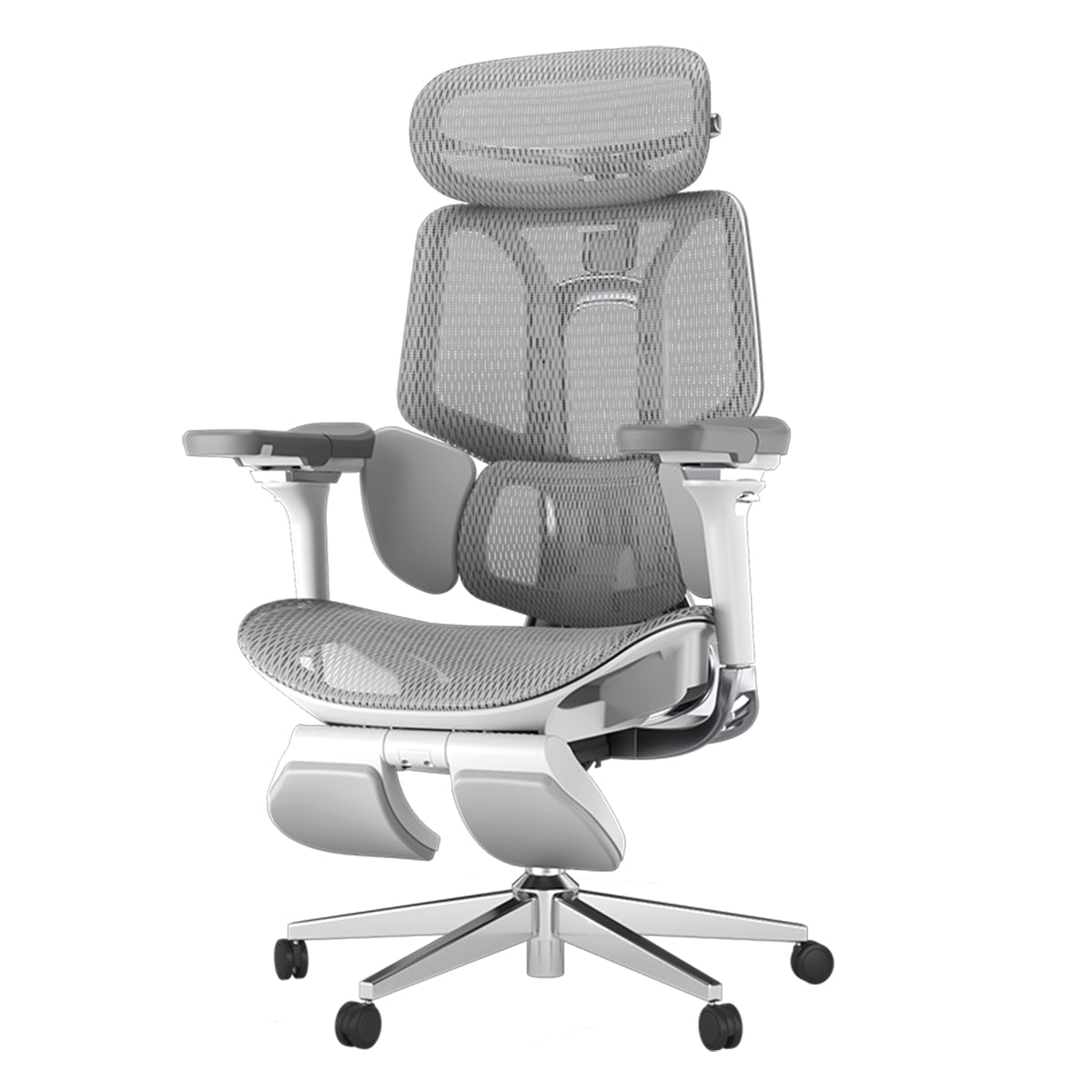

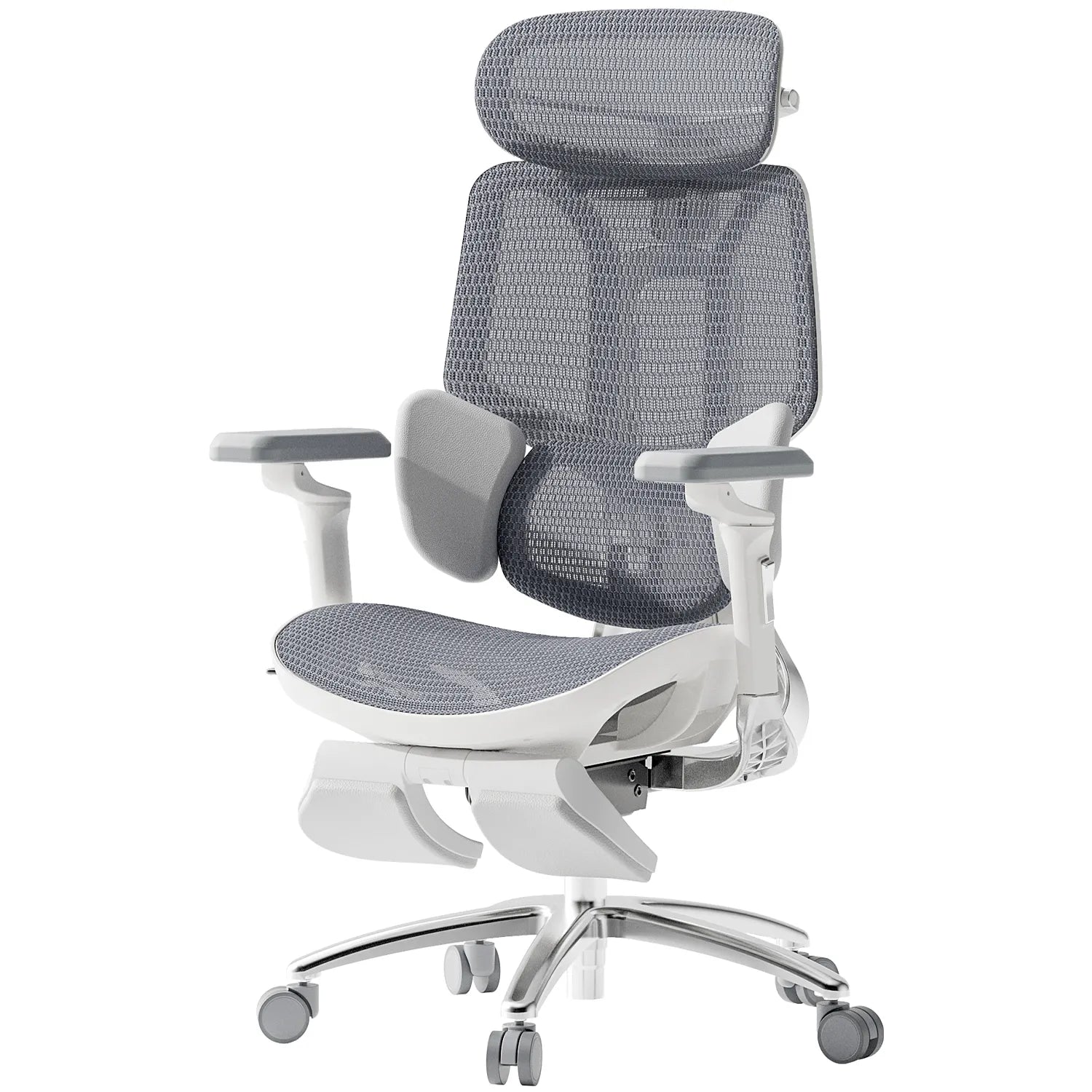
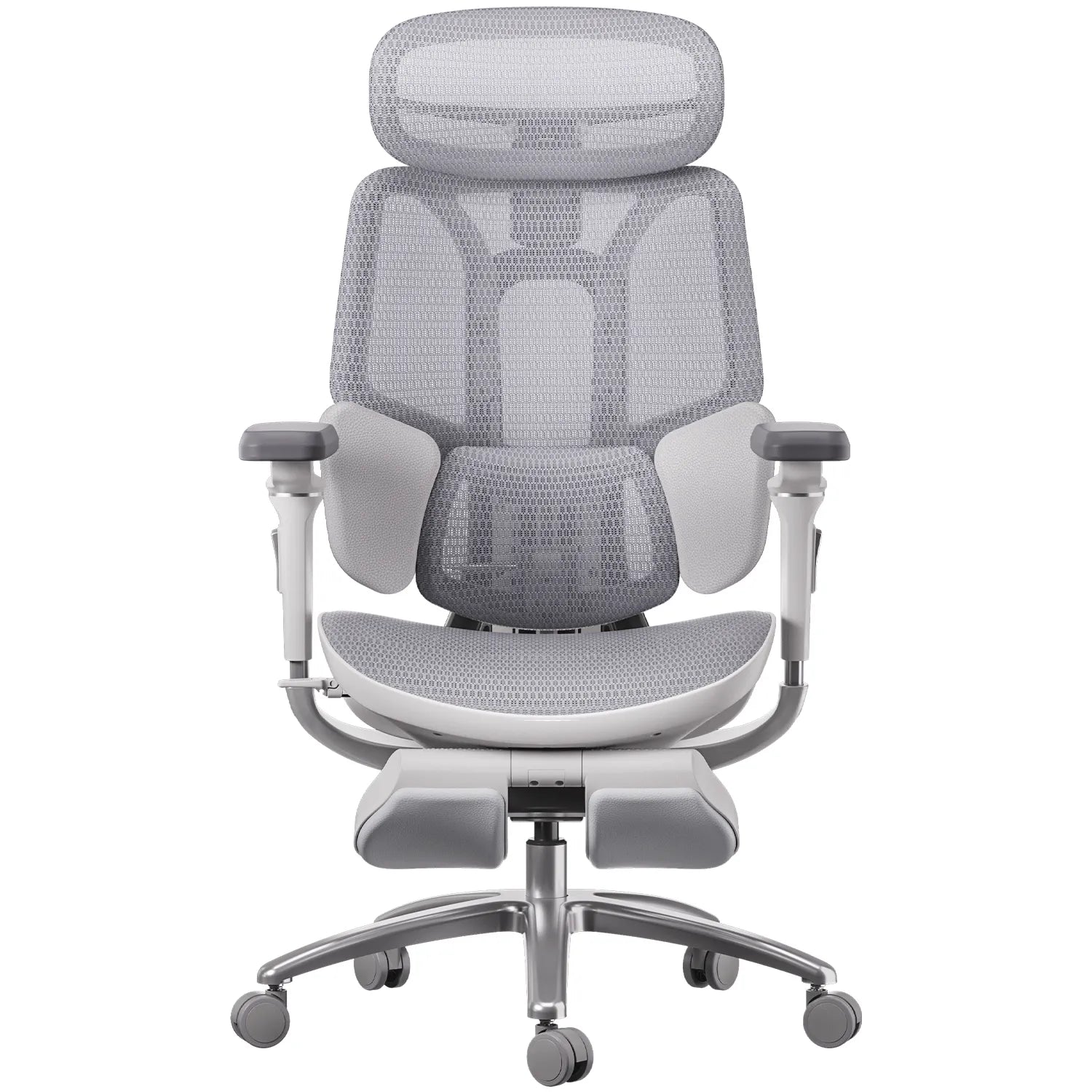
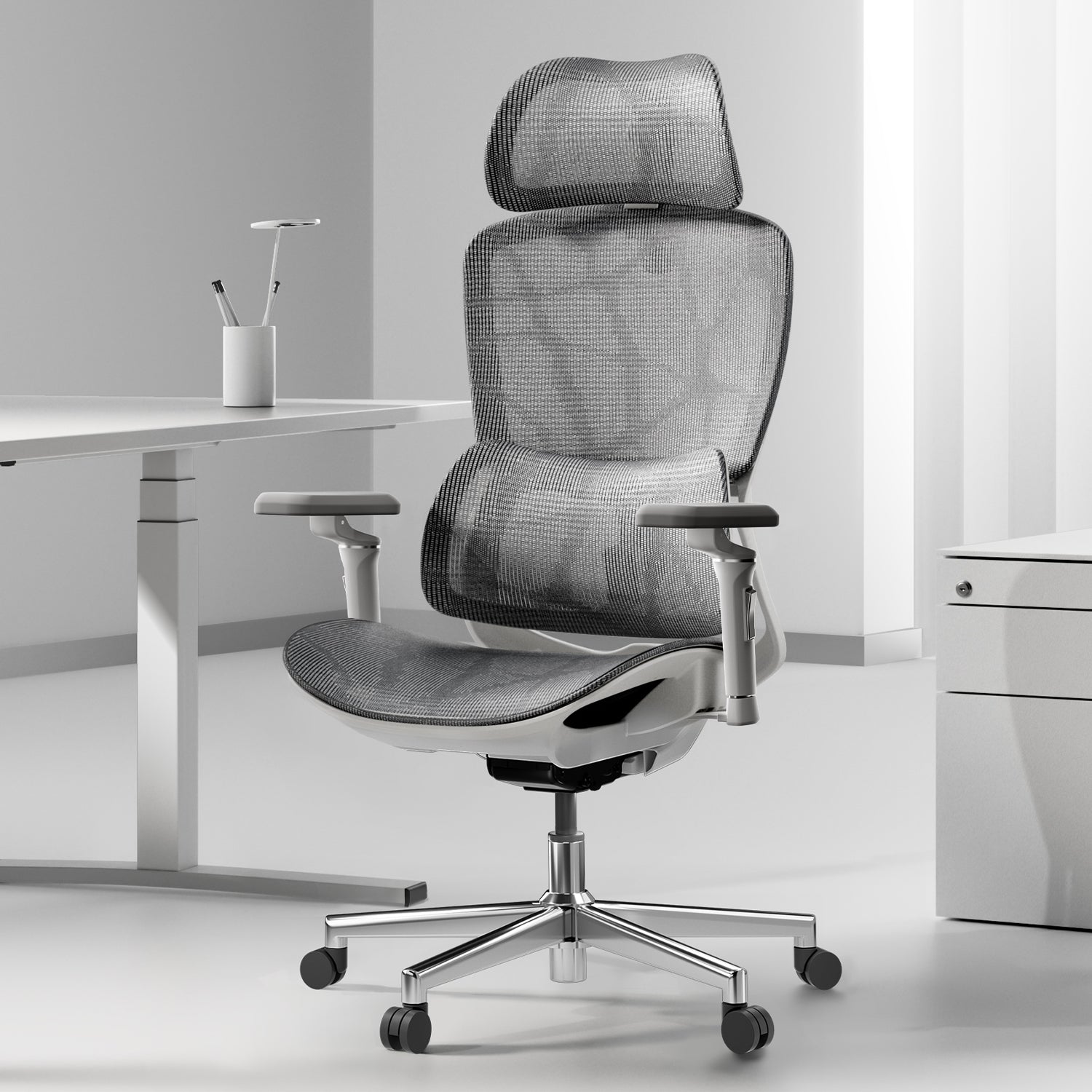

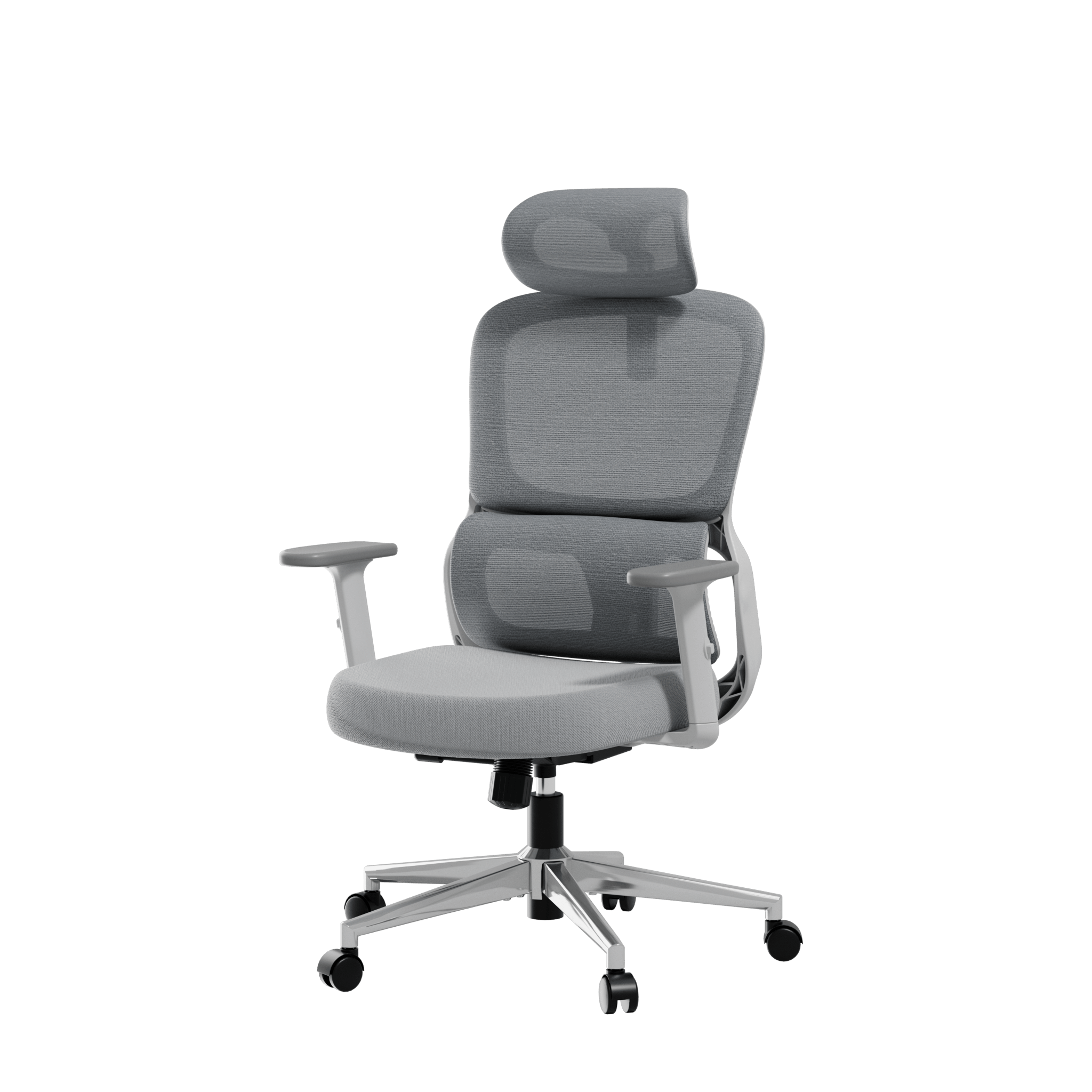
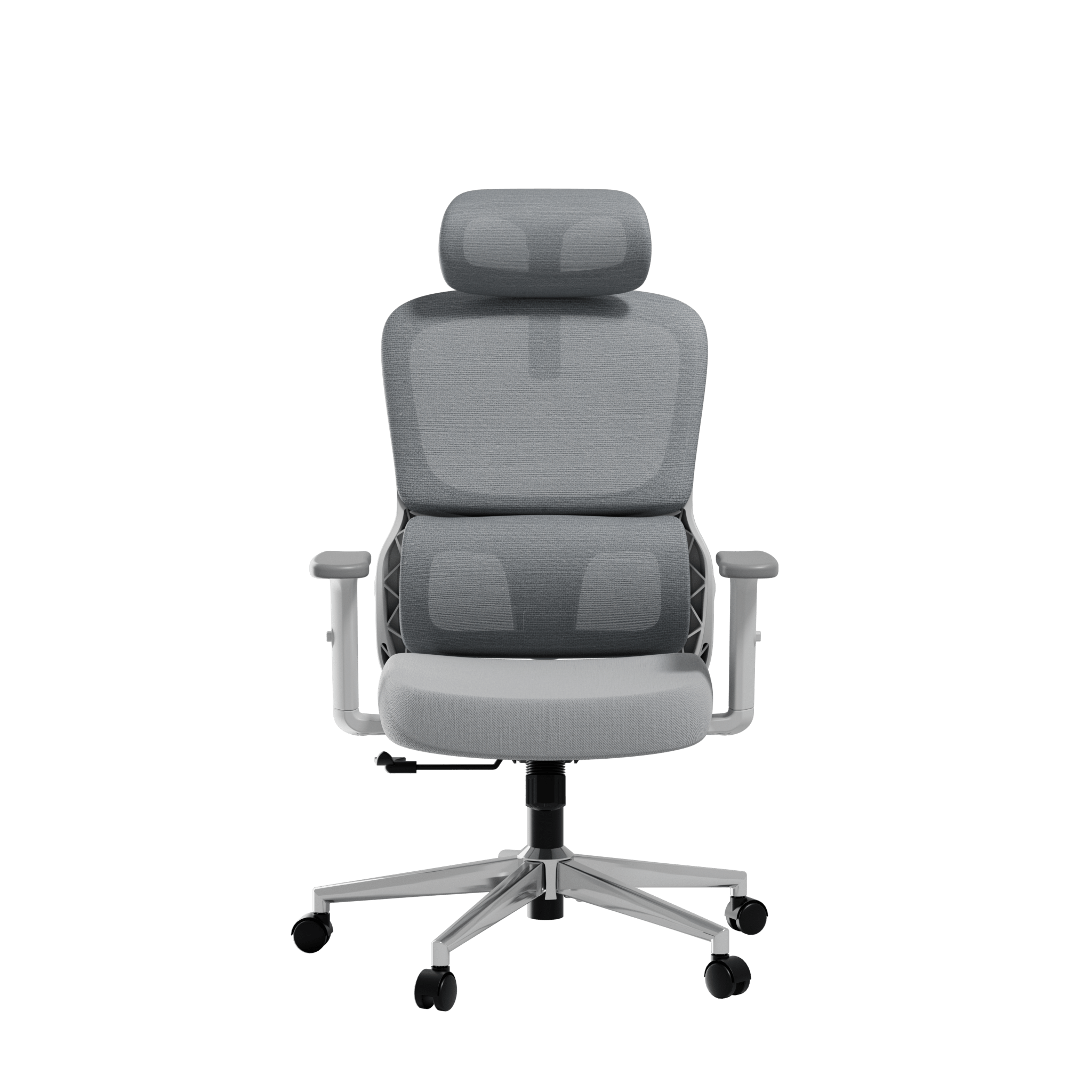
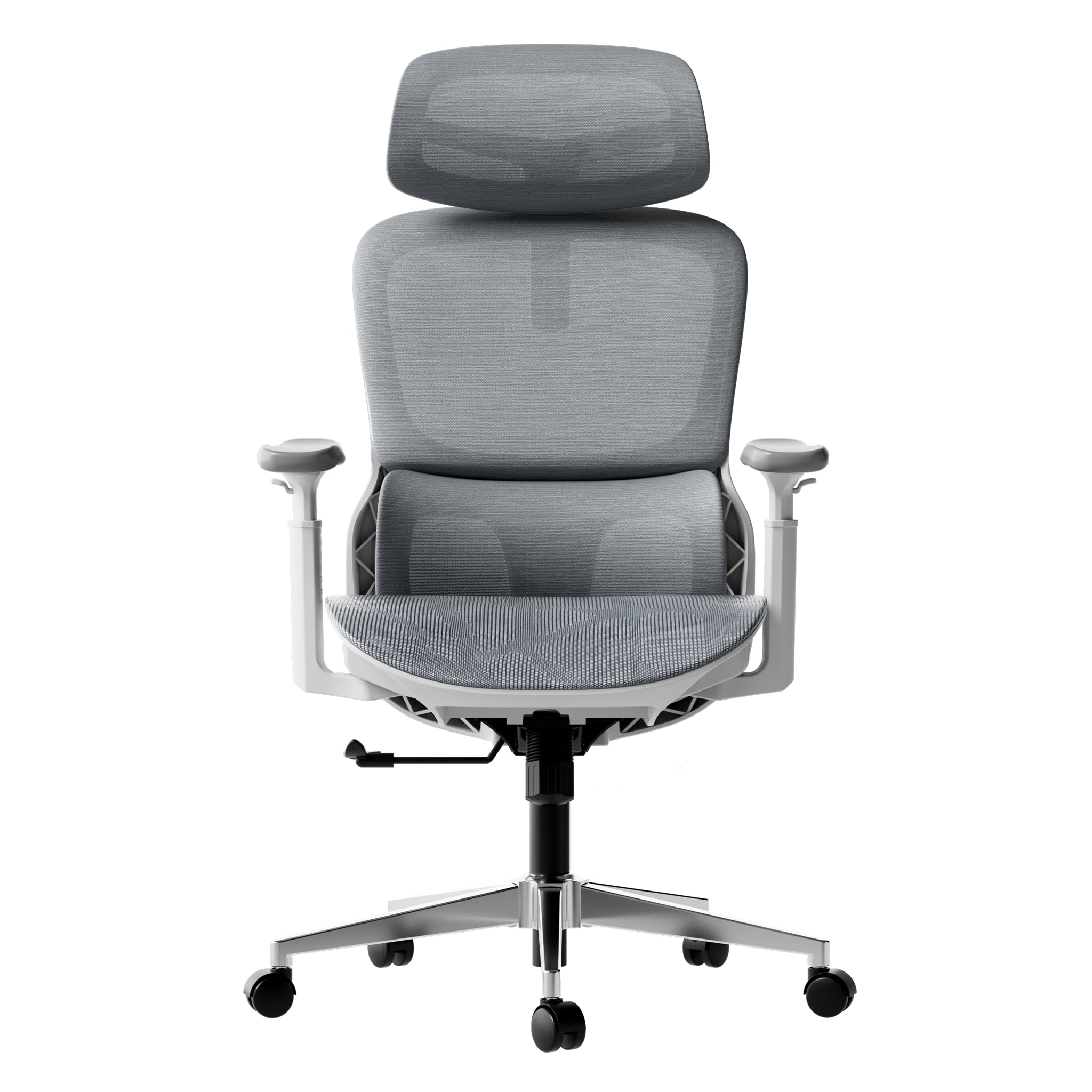


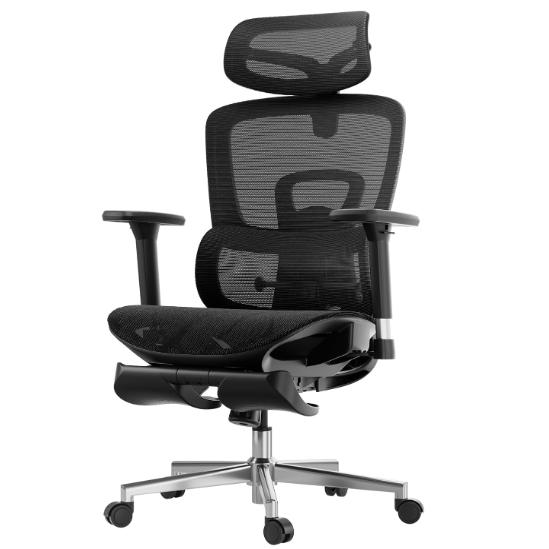

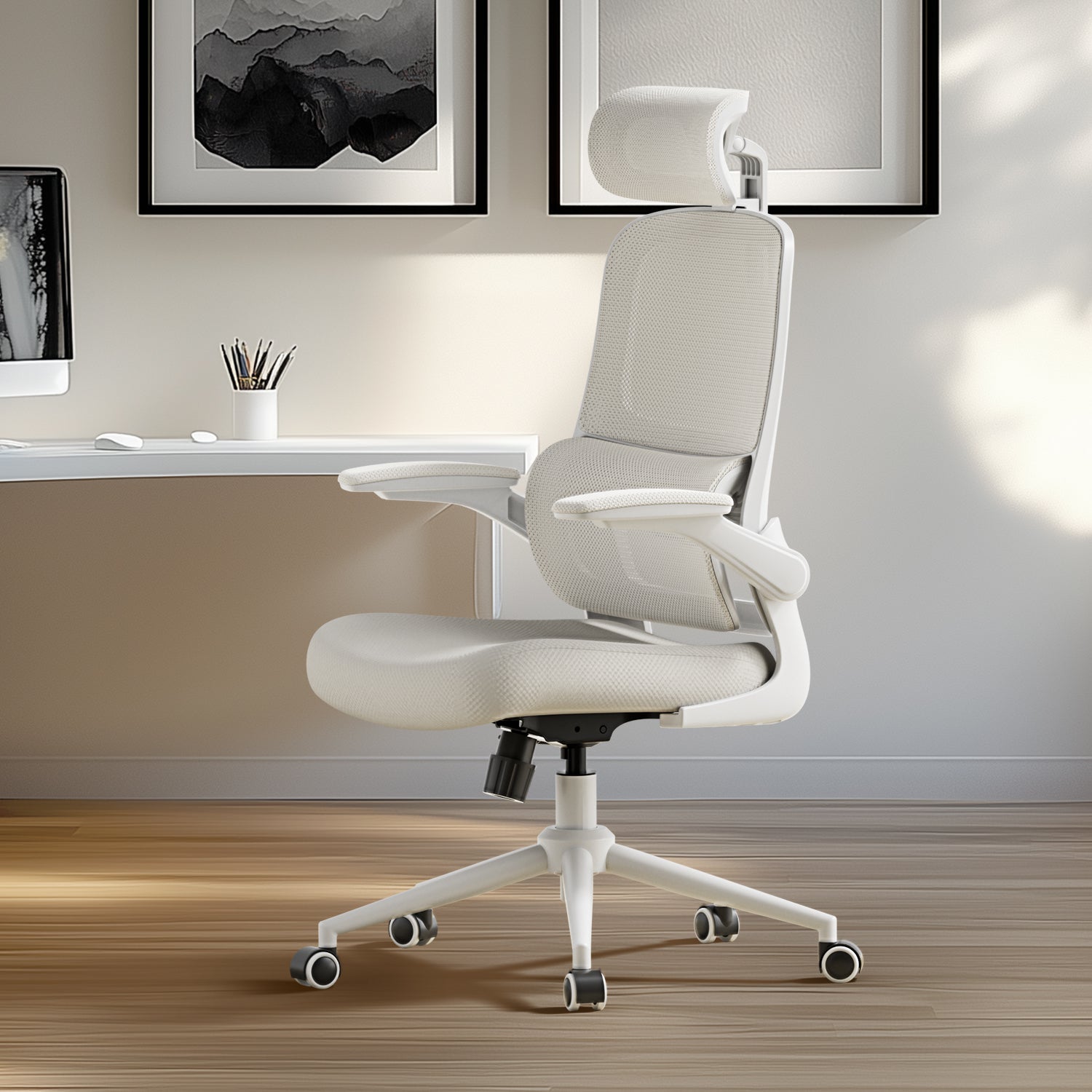


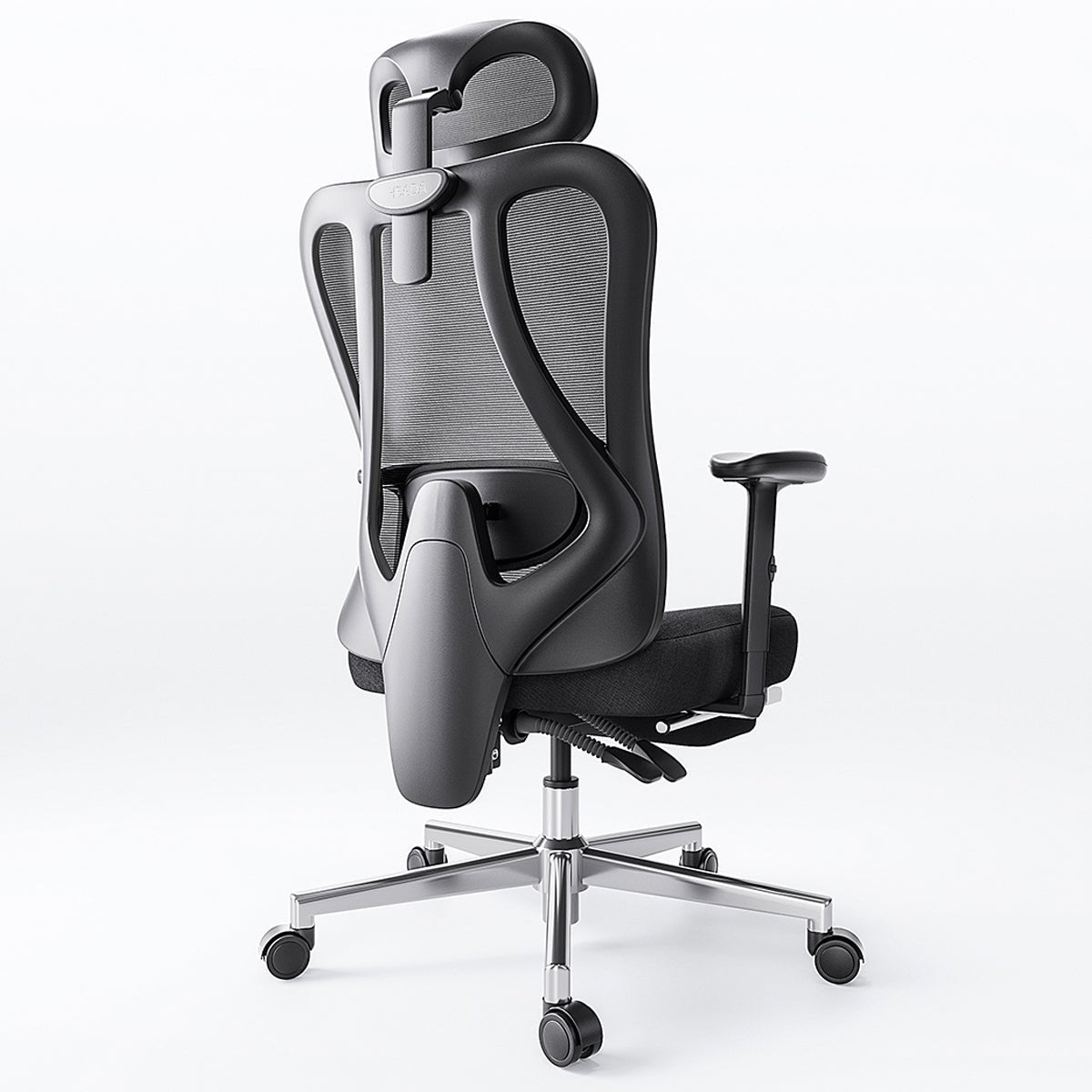


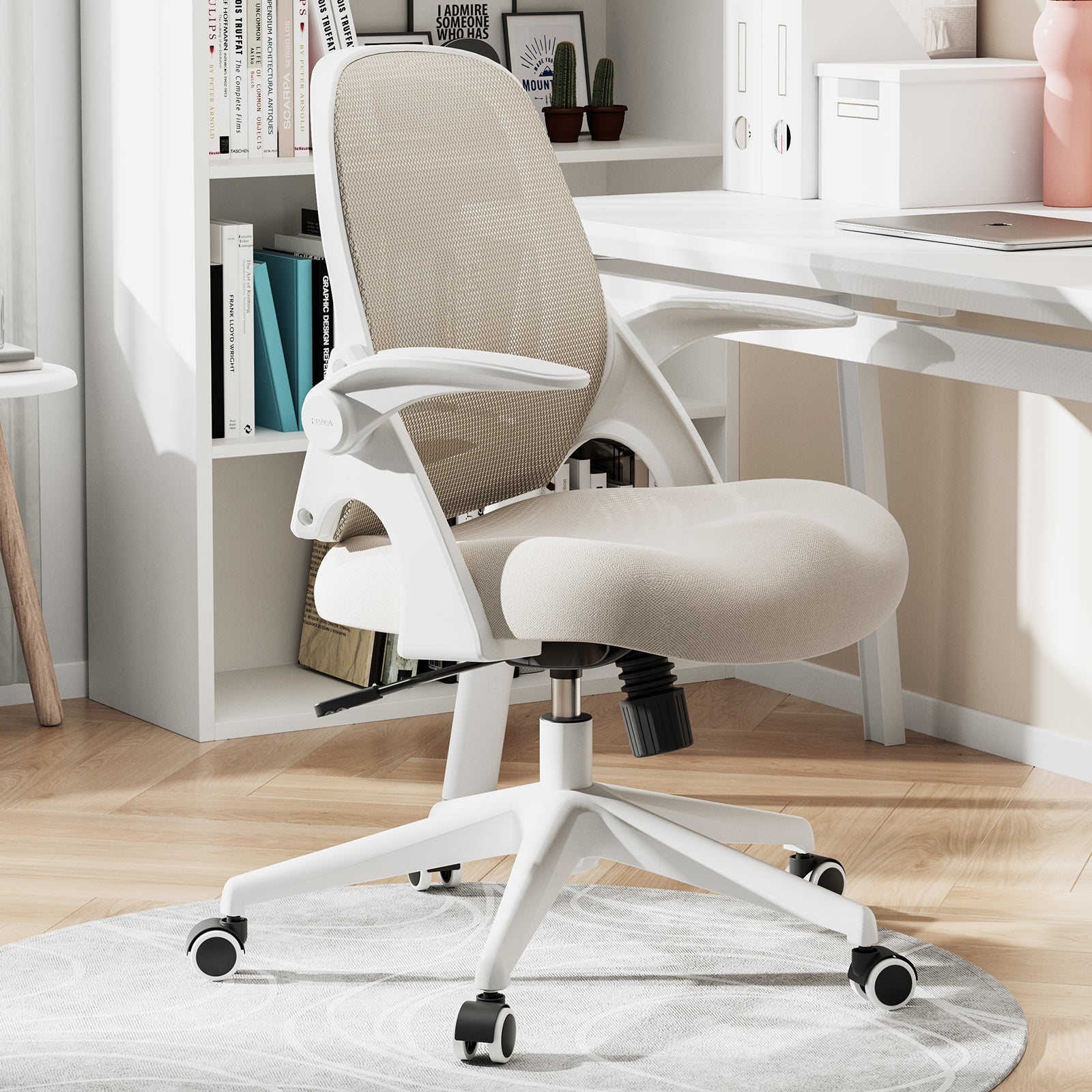


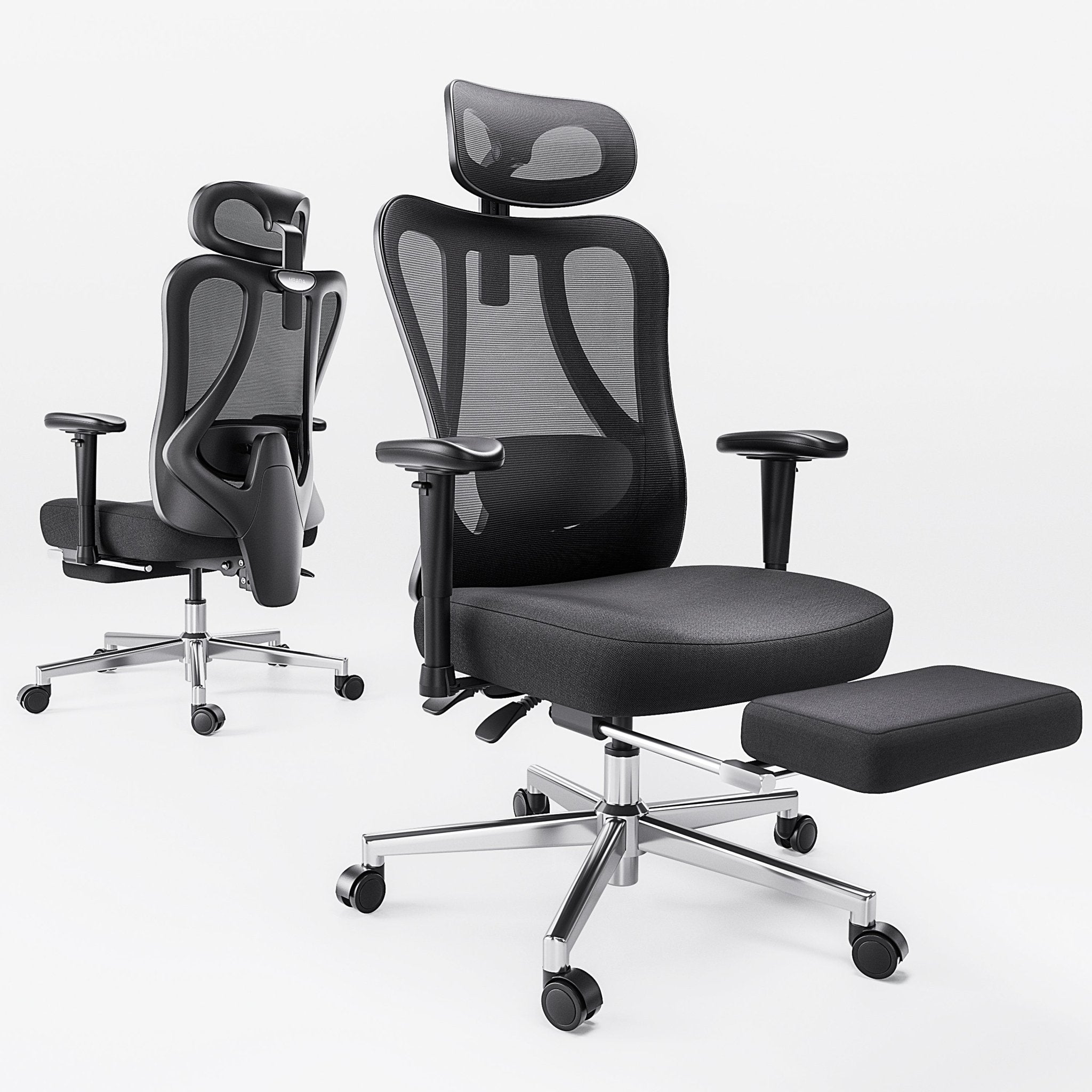







Leave a comment
This site is protected by hCaptcha and the hCaptcha Privacy Policy and Terms of Service apply.